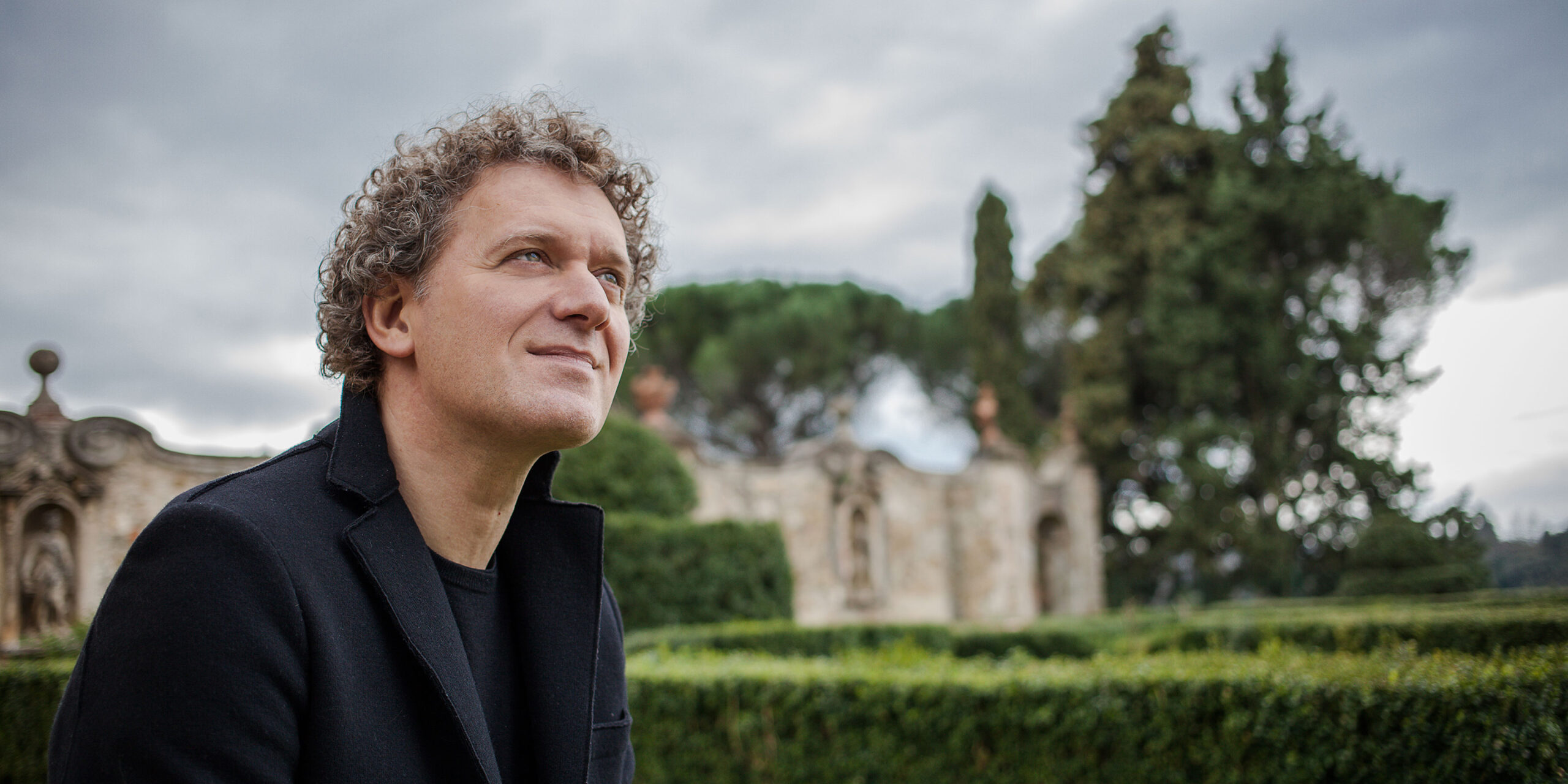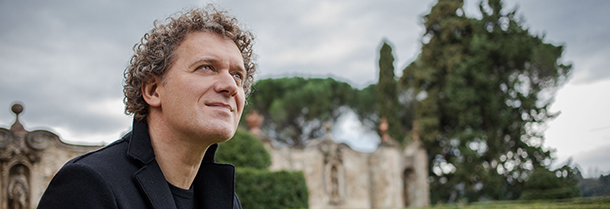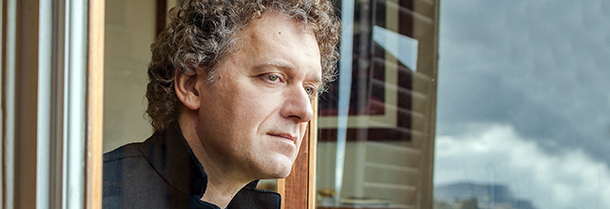Tag: Andrea Lucchesini
-

-

-

PROGRAM NOTES: ANDREA LUCCHESINI
Domenico Scarlatti Six Sonatas K 491 – K 454 – K 239 – K 466 – K 342 – K 146 The 550-odd sonatas of Domenico Scarlatti are perhaps the most successful works to migrate from the harpsichord to the modern grand piano. Their transparent texture of simple two- and three-part keyboard writing has one foot in the imitative counterpoint of…

